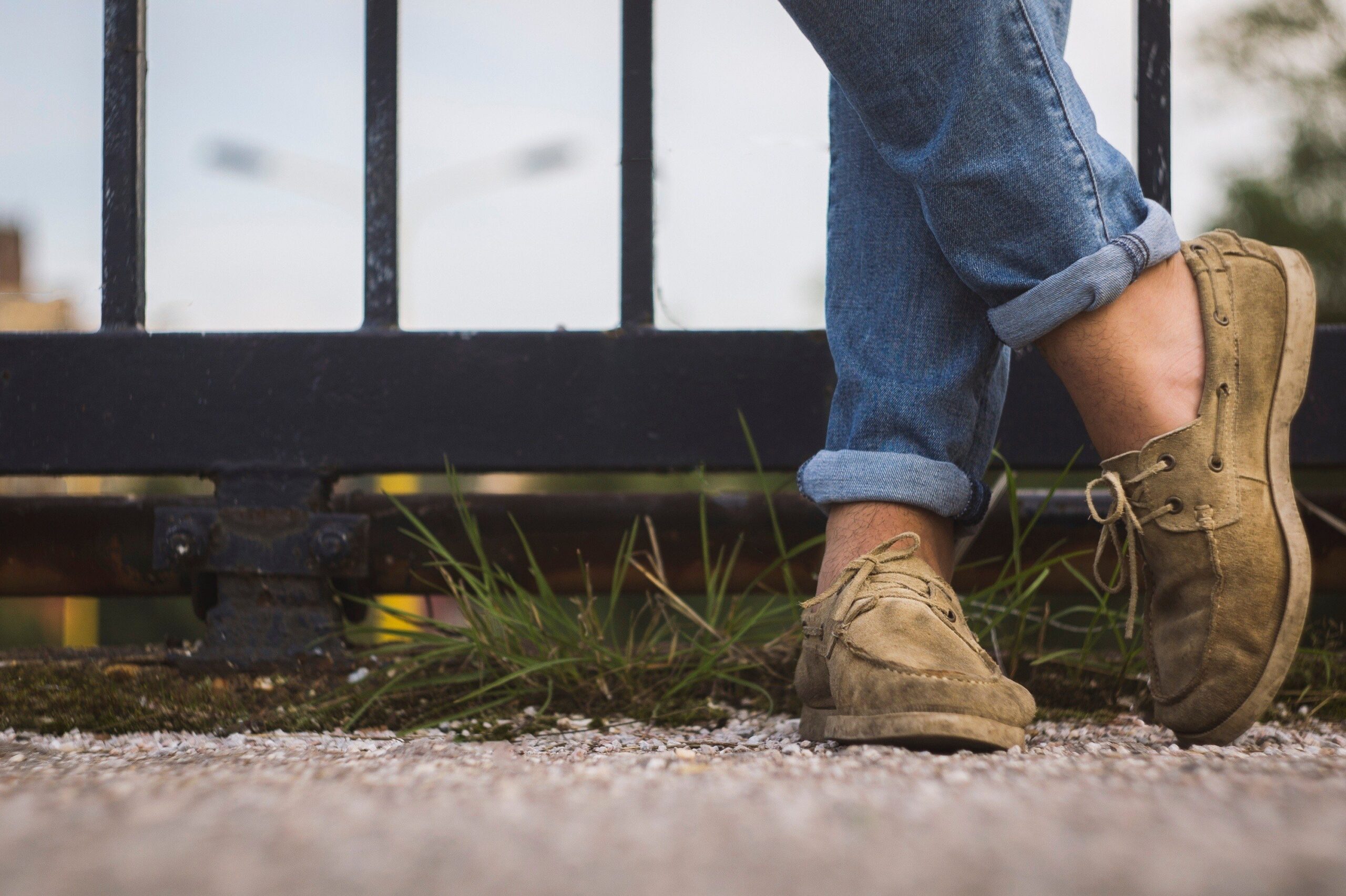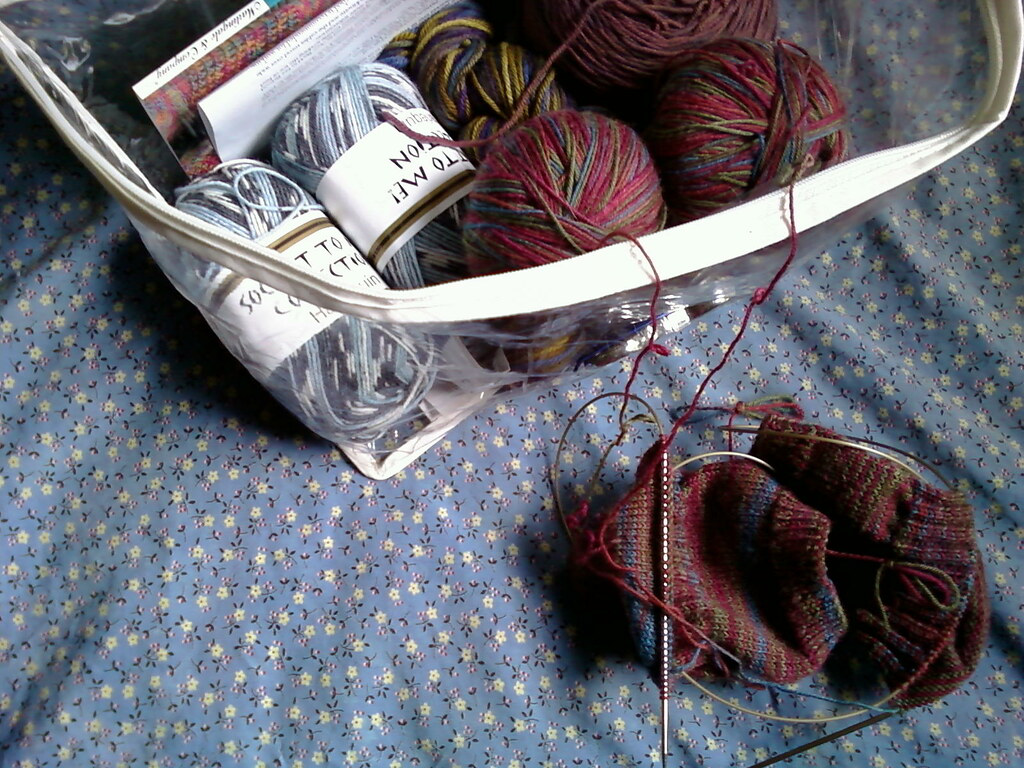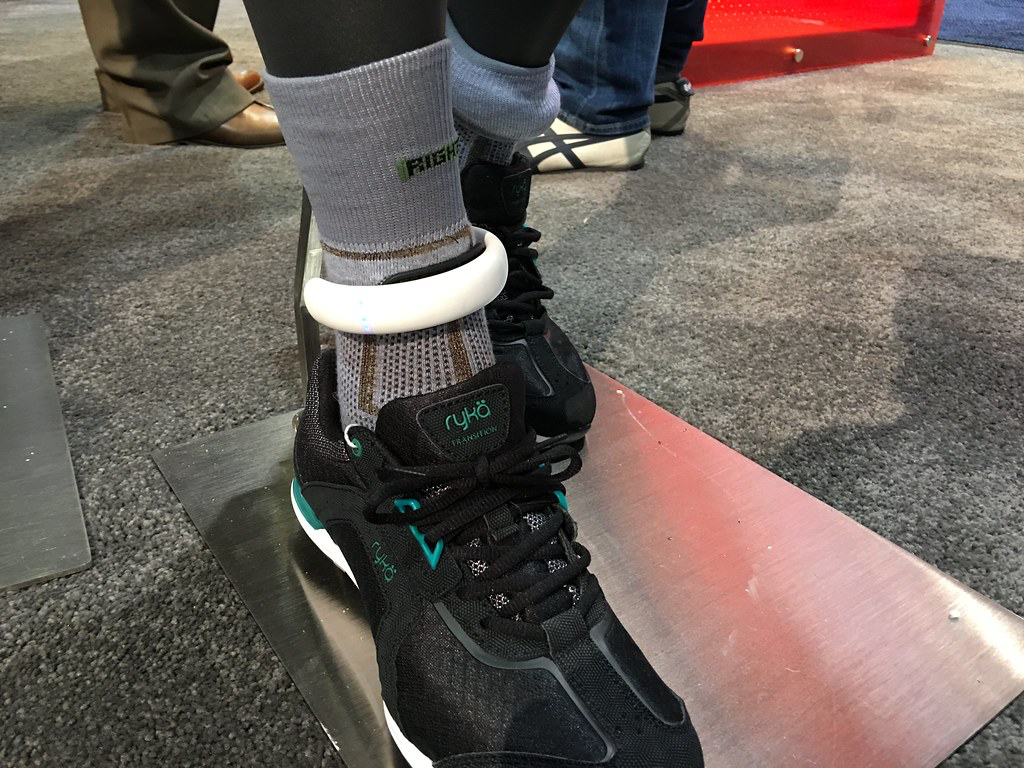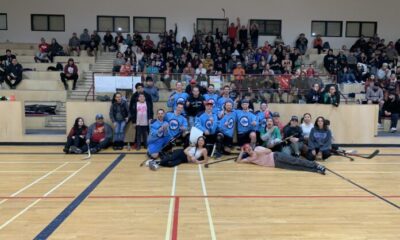
Photo Credit Lifehack
In our ever going way in which to connect the sporting community and given the time of the year, I was contacted by SinoKnit who wanted to share some of their info that can possibly assist you in your daily grind.
Enjoy the read:
Did you know that before the invention of knitting and weaving technology, people stuffed grass into their shoes to add comfort and keep moisture away from their feet?
Today, a new wave of technological innovations is pushing socks that offer superpowers: the ability to generate heat in mid-winter, monitor diabetes, track steps, provide feedback on running technique, and even assist in finding a lost half of a sock pair. These are smart socks.
What are smart socks? Do they represent the future, or are they a passing phase? Why would anyone need smart socks? These are the questions we will answer in this article. Let’s start by following a brief history of socks.

Today, the miniaturization of batteries has led to the development of innovative socks such as heated ski socks, socks that can remotely monitor signals and diabetes, and socks with the technology to locate them at any given moment—but where did all this start?
Canadian Broadcasting Corporation’s website Cbc.ca has the answer. The broadcaster tells the story of how socks developed over time, going back to ancient times when people used to wrap knotted animal hair and skin around their feet.
When the Egyptians started hand knitting socks around AD 300–500, spaces would be left for the toes to make it easier to wear them with sandals. By AD 1000, socks had become a staple for the wealthy.
This would change about 500 years later when knitting machines made the process faster and cheaper.
This resulted in more people being able to afford socks. By 2018, the global socks market was valued at $42.2 billion. Around 21 billion pairs of socks were sold in 2019.
If indeed we are producing 21 billion pairs of socks per year, it means that on average, each of us is buying more than two pairs of socks annually.
These socks are used in different areas, including cycling, jumping on the trampoline, or doing fitness exercises.
Keeping Your Feet Warm in Freezing Temperatures
One of the main reasons people avoid outdoor activities and spending time on the ski slopes during winter is that they are afraid of the pain associated with freezing feet. If this has been your excuse before, you may need to think of a new one because heated socks are becoming more common.
But how do the socks generate heat? In an article for the Meredith Corporation-owned Travelandleisure.com, Rebecca Carhart provides the answer. She says, “These high-tech accessories boast battery-operated wiring throughout the socks that will heat up to your liking.”
Carhart adds, “Along with long battery lives that will keep your feet nice and toasty for hours at a time, these cold-weather essentials also have different heat settings to choose from, so you can increase the socks’ temperature as necessary.”
The Concept
It’s hard to imagine how a battery in socks can contain so much energy to keep your feet heated for up to 24 hours. Mike Dixon, a reviewer for The-gadgeteer.com, produced a comprehensive review of a heated socks brand with three heat settings: high, medium, and low.
Dixon explains that the battery requires between five and six hours to fully charge, which means that it’s best to charge it overnight. He adds that the “The socks heat rapidly, reaching temperature in about 1 minute.” The socks come with a dedicated pocket for carrying the battery.
Kelly Bastone, who writes for the Outside Interactive Inc.-owned Outsideonline.com, also tried a pair of heated socks on the ski slopes of Steamboat in Colorado.
She explains that the socks come with a little key fob that allows you to toggle between settings without the need to access the socks from under your ski pants.
Bastone reports that the socks worked quite well. For instance, she says, “On the lowest heat setting, my toes stayed comfortable down to zero degrees for up to seven hours.”
Socks That Remotely Monitor Signals and Diabetes
Wearable technology introduces several useful benefits into the health care arena because it involves things that people take almost everywhere, such as their smartphones and watches.
If watches and smartphones have the disadvantage that you have to take them off when you go to sleep, socks present a solution because you can wear them all the time.
Some companies have made great strides in developing smart socks that monitor the wearer’s health. For instance, Siren, a developer of foot monitoring systems used to detect and treat diabetic symptoms, has created Siren Socks.
According to Siren, the socks “measure foot temperature to help reduce your risk of ulcers.” The company adds, “Rising foot temperature indicates that inflammation is developing, which may be a sign of injury.”
Siren smart socks send information to health professionals, helping them find injuries that patients may not be feeling. The company says, “This may help reduce the risk of diabetic foot ulcers and other foot complications.”
Another company that has developed smart socks is Owlet from Canada. Owlet’s technology focuses on babies. The company says that the socks “Track your baby’s heart rate and oxygen while they sleep and [sends] notifications if baby needs to be checked on.”
Helping Runners Improve Technique and Track Progress
To ensure that runners avoid running styles that could lead to injury, a company called Sensoria has developed a solution: Sensoria smart socks. The company promises that by using these socks, you will ensure that you are not one of the “65% of runners [that] get injured each year.”

Sensoria smart socks are designed to monitor how a runner comes into contact with the ground while running.
When you strike the ground with the heel or ball of your foot, the socks will send an alert.
The sensors on Sensoria smart socks can also count the steps that the wearer takes. The metronome feature or voice feedback will tell you if you are running the desired steps per minute. Added to this, the company promises that “The Sensoria Virtual Coach within the app continuously monitors your running form and provides you real-time feedback through audio and video cues during your run.”
In part 2, scheduled for Friday December 10th we’ll explore the Technology

LIVE NOW!
About Sportswave

CITY OF DELTA

EASTLINK TV

SICAMOUS HOUSEBOATS

X-Treme Threads

YareTV








